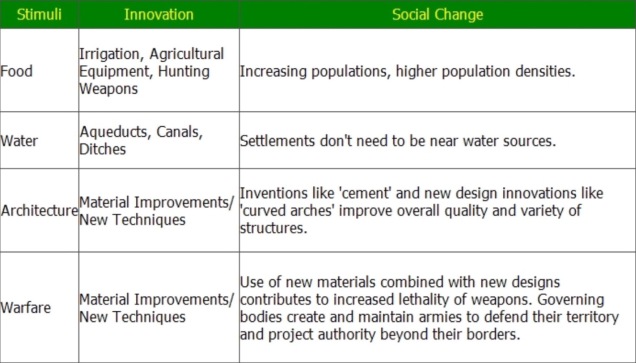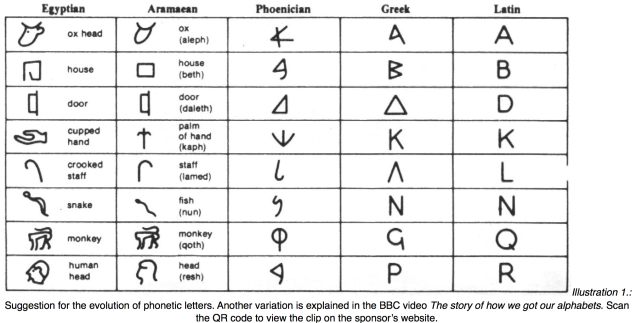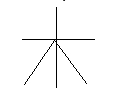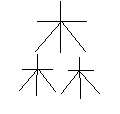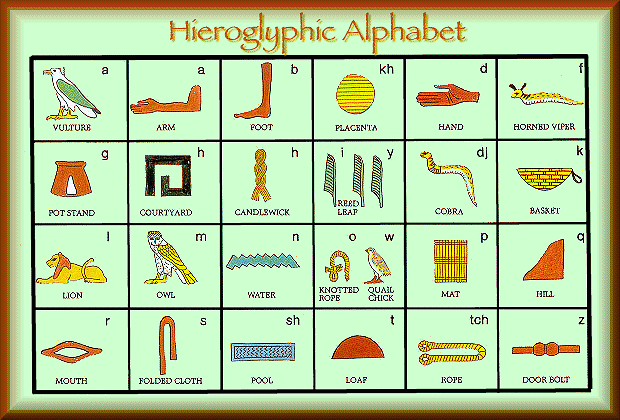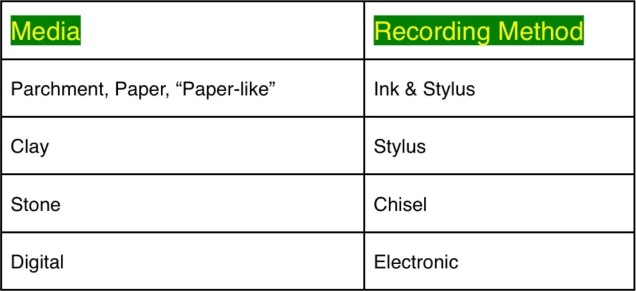Pr01b_Why is Egypt the Gift of the Nile? (Text Narration)
To view the presentation that is associated with this text narration, click here.
Cover Slide #1: Pyramids of Giza before a setting Sun.
Slide #2: Satellite image of where we are focusing our attention in this presentation- Egypt.
Slide #3: Satellite image of the Red Sea basin. Highest population densities exist along the banks of the Nile River. The river’s mouth (where it spills into a larger body of water- Mediterranean Sea) is in the North. The river’s source (where the waters begin to accumulate and flow- Ethiopia) is in the South. All rivers flow from their source to their mouth. Take a moment to notice the Nile’s Delta (a triangular shaped area near a river’s mouth).
Slide #4: In this satellite image of modern Egypt at night, it becomes quite clear that now, as before, Egypt is The Gift of the Nile. Most of the population is concentrated on the river’s banks and in the delta.
Slide #5: In this image, the delta is ‘greenish’. While the color of the image could have been altered by the camera, it should still convey to you that this area has always been and continues to be the most fertile portion of Lower Egypt.
Slide #6: Close-up of the Nile delta. If you look closely, you’ll see the thin lines that are tributaries from the main Nile water flow. Population densities in this area have always been very high. Today, the area suffers from overpopulation and ‘exhaustion’ of the soil.
Slide #7: A map showing most of the Nile’s length. The Northern portion of the Nile within modern day Egypt, was referred to as ‘Lower Egypt’. The portion of the Nile in the Southern section of modern day Egypt was referred to as ‘Upper Egypt’. These two areas were once independent and sometimes antagonistic kingdoms. The term ‘Lower’ and ‘Upper’ are based on the flow of the Nile river. ‘Lower’ refers to the portion near the river’s mouth. ‘Upper’ refers to the portion near the river’s source.
The two kingdoms were united by force. The unifier was a powerful king of Upper Egypt named Narmer (‘Menes’ is another name associated with this king).
Slide #8: A chronology of Ancient Egypt.
Slide #9: The Narmer Palette. A stone with carvings etched in it. The large human figure is believed to be Narmer. As monarch of both kingdoms, after his conquest, he is shown wearing the crown of Upper Egypt on one side of the palette and the crown of Lower Egypt on the other side.
Slide #10: Images of the crowns and accoutrements of Ancient Egypt. Do you see how the crowns of Upper & Lower Egypt had merged to create the crown of the unified kingdom of Egypt? It’s this unified kingdom that we are most familiar with. This is the kingdom of the pharaohs (divine kings) of Ancient Egypt.
Slide #11: Ramses II being crowned as Pharaoh of Upper & Lower Egypt.
Slide #12: The Rosetta Stone. A piece of a larger stone stelae. It contained a royal announcement that was written in three languages: Demotic, Greek, and Hieroglyphics. This piece was found by a soldier of Napoleon’s army and it aided in the decipherement of Hieroglyphics.
Slides #13 through 22: Comparison chart of Egyptian pyramids. Pyramids were tombs for the Pharaoh. It was an important part of the Egyptian religion. It is from this tomb that the pharaoh would rule as Osiris in the afterlife. The tomb was often constructed in a “step-like” fashion, then the sides were smoothed-over with white limestone blocks. The sections of the pyramid that look like steps are called ‘Mastaba’. That word means ‘Bench’ or ‘Step’ in Arabic. A completed pyramid dating to the ‘Old Kingdom’, like those in Giza, would appear smooth on all sides.
Looting (robbery) of the tombs was always a problem plaguing the tomb builders. Hidden passages and rooms within the tomb was an attempt to thwart the looters.
Slides #23: The left image is a stone sarcophagus. A sarcophagus is a container that often holds smaller sarcophagi and coffins. The wealthier the individual, the more elaborate the sarcophagus.
The right image is of Ramses II (Ramses the Great). One of the greatest of all Egyptian pharaohs and the same pharaoh of the Moses stories. Ramses II ruled for several decades and was a prodigious builder. Many of the ruins we envision in our minds of ancient Egypt were probably built by him.
Slides #24: An artist’s drawing of how Ramses II may have looked like.
Slides #25: This female image sporting a feather in her headdress is known as “Maat”. She was an Egyptian deity responsible for weighing the heart of a (deceased) person against the weight of a feather. If the heart proved lighter than the feather, then that person had lived a righteous life. The Ka (soul) would be permitted to continue it’s “earthly life” in the realm of the afterlife. If the heart weighed more than the feather, then the person’s heart bore the weight of misdeeds committed during earthly life. The heart would be cast into the mouth of a beast and the Ka would be eternally in torment.
Slides #26: This is your outline map of Egypt after it’s fully annotated.


